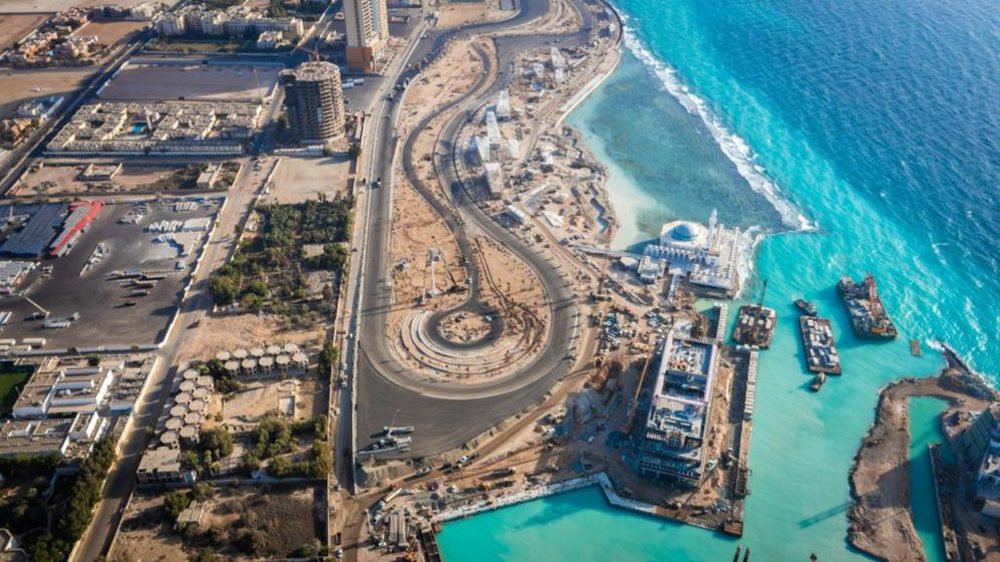F1: Saudia Arabian Grand Prix Preview
Saudi Arabia’s inaugural grand prix will take place on the Jeddah Corniche, adjacent to the shore of the Red Sea, with a lengthy street-based wall-lined course designed to provide a stern challenge for teams and drivers. Saudi Arabia will become the 34th different country, and Jeddah Corniche Circuit the 75th different venue, visited by Formula 1. As a result, everyone will be starting from scratch in Jeddah, with no prior experience, though teams are well-versed in getting to grips with new locations in recent seasons.
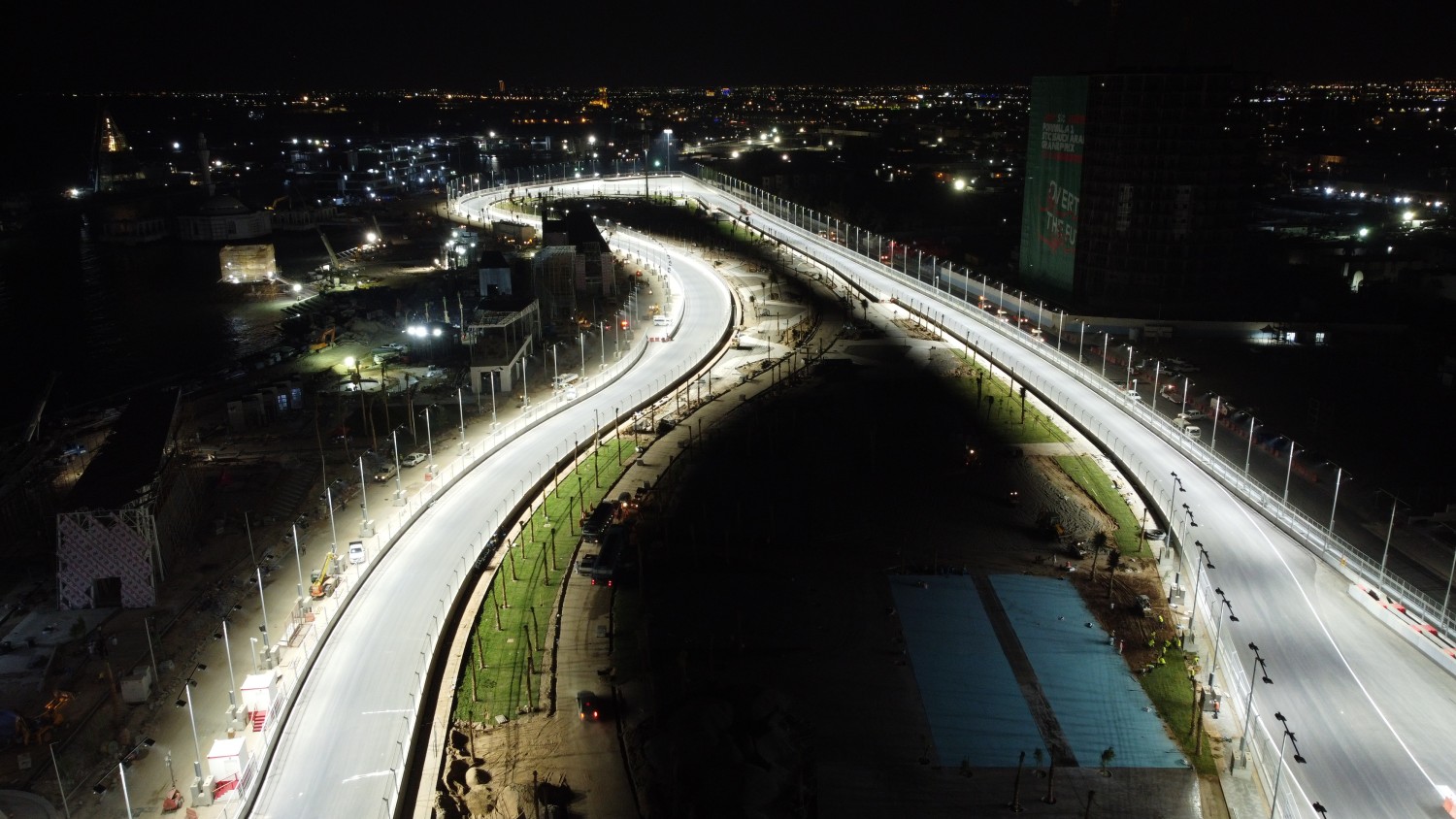
The streets of Jeddah have been busy places for hundreds of years: pilgrims on their Hajj would transit through this gateway to Mecca, filling the city with foreign accents and colors of faraway lands and turning this part of Hejaz, languidly laying on the shores of the Red Sea, into one of the most bustling and cosmopolitan of the whole Kingdom. After sunset, under the light of stars and torches, the haggling of the markets would stop and different sounds, voices and music would fill the air of those long Arabian nights. The stories of that time still echo through the labyrinthine streets of the old town, and so do the influences of the many people who ruled this city – the Turks, the Wahabis and many more in past times.
Those streets are busy and lively today, with vibrant souqs framed by coral-colored houses, the old palatial abodes of merchants, where the local and the foreign meet: those streets are going to be even busier still, as the merchants of speed come to town. Like a modern-day caravan, the circus of Formula One will bring its eclectic mix of tongues, colors and wares – and while in the past the riches on offer were precious metals and spices, today’s prizes are made of trophies and points.
After sunset, no longer under the stars but in the light of thousands of floodlights, the city’s waterfront will fill up with the sound of engines. Not unlike the merchants of old, these outsiders will strut and barter, some coming away winners, some losers, on a hot Arabian night. It’s a story as old as the sand of the desert: a modern take on the tales that have been shared for centuries, here in Jeddah.
The Jeddah Corniche Circuit will feature 27 turns, the most on the current calendar, and stretch out across 6.175km. That includes the 180-degree banked turn 13, at the far end of the circuit, as well as a section of track that takes drivers between the sea and a lagoon. That makes it the second-longest track on the 2021 schedule, behind only Belgium’s Circuit de Spa-Francorchamps.
Jeddah is also set to be the fastest street-based course on the calendar, with several lengthy full-throttle sections and high-speed curves leading to projections of an average lap speed, in qualifying trim, of 250km/h. The length of the full-throttle segments means there will be three DRS zones, aiding the prospect of overtaking, with the circuit having been specially designed for Formula 1.
That makes Jeddah an unconventional street circuit, while the decision to hold the event at night means it joins
Bahrain, Qatar and upcoming finale Abu Dhabi in taking place beneath floodlights in 2021.
Saudi motorsports chief says F1 debut is ‘signal’ to the world’
Saudi Arabia’s debut Formula One race will showcase the country to the world, its motorsports chief told AFP, hitting back at criticism over human rights and calls for singer Justin Bieber to cancel his headline act.
“When we prove in the coming days that this race will take place on time, this will signal to the world who the Saudis are and what the capabilities of the Kingdom of Saudi Arabia are,” said Prince Khalid, president of the Saudi Automobile and Motorcycle Federation.
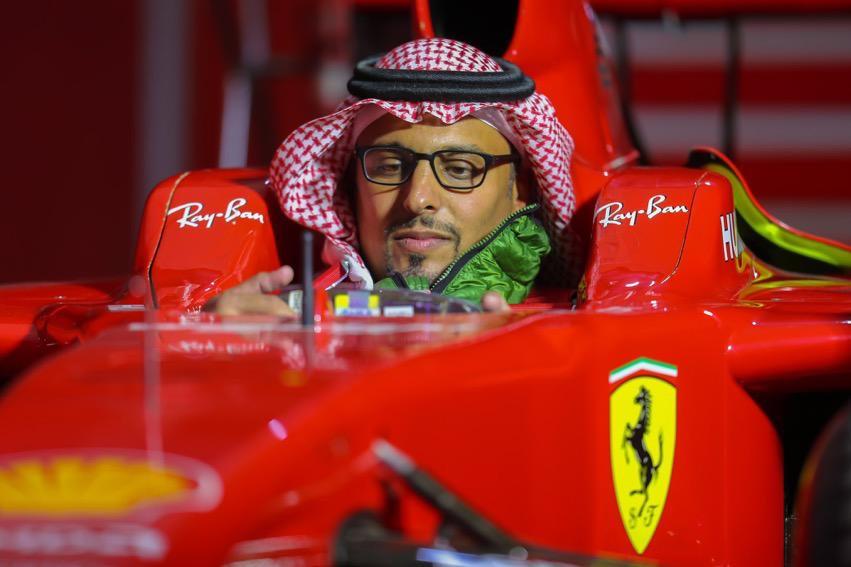
“We can say that the circuit is 95 percent complete. The five percent left are simple things, from branding to tree planting and decorations. The circuit is done, the infrastructure is done… everything related to the race is done,” he added.
“So, we are comfortable and in a very good situation.”
But Prince Khalid said the Saudi authorities and people were better placed to speak for Saudi Arabia than Canadian singer Bieber, 27.
“The one that (polishes) the image of the kingdom is not a singer, but its leadership and people… you cannot polish the image of anything or relay a picture different than reality,” he said.
He added: “There are many people, among them singers and actors, maybe they did not come (to Saudi Arabia) before.
“But when they saw the reality and the truth with their own eyes, they said: ‘No, we’re going to come because we now have an idea of everything that happens in the kingdom’.”
Saudi Arabia has embarked on a series of reforms under its de facto leader, Crown Prince Mohammed bin Salman, lifting a ban on women driving and reopening cinemas in 2018.
Formula One is part of a campaign to show a friendlier face as the world’s top oil exporter tries to attract foreign businesses and diversify its economy.
However, critics point to one of the world’s highest execution rates and a crackdown on dissidents.
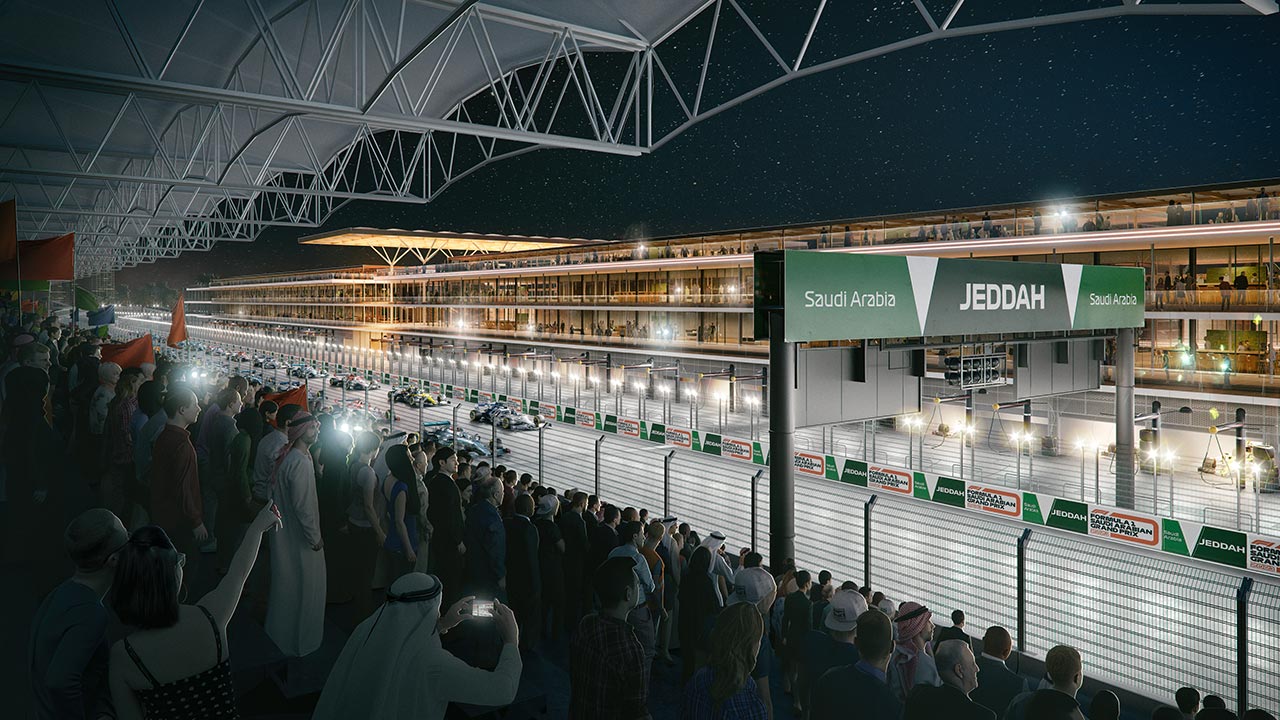
“There’s been a fight against the kingdom for years, and it is fought for political reasons… some people don’t want its success,” Prince Khalid said.
“There are those that say the kingdom is behind and is against human rights… of course, no one is perfect and the biggest nations that hold on to freedom and human rights have more than their share of criticisms in those fields,” he added.
“We are confident in ourselves, and this war will continue, and we will continue on our path, and the door is open for all to visit us and know who we really are,” said the prince.
Prince Khalid also said he expected a Covid-reduced capacity crowd of 40,000, including 8,000 from abroad.
He said “there are no restrictions on dress” despite the conservative country’s strict social codes.
“We expect from the people that they respect the place to which they are coming, the same as any place outside the kingdom,” he said. “So, for example, no one is going to come to the circuit wearing a bathing suit.”
Battle for Championship down to two races
Two races to go, and two Championships still to be decided. Both titles are wide open, and Mercedes’ and Red Bull’s mission is clear.
Last time out we saw a faultless drive by Lewis Hamilton in Qatar, commanding the race from start to finish.
The Mercedes car has been performing well recently and is probably in the best place it has been all season, with the drivers confident to push it to the limit. That’s encouraging for the final races and gives Hamilton and Valtteri Bottas strong momentum to take forward.
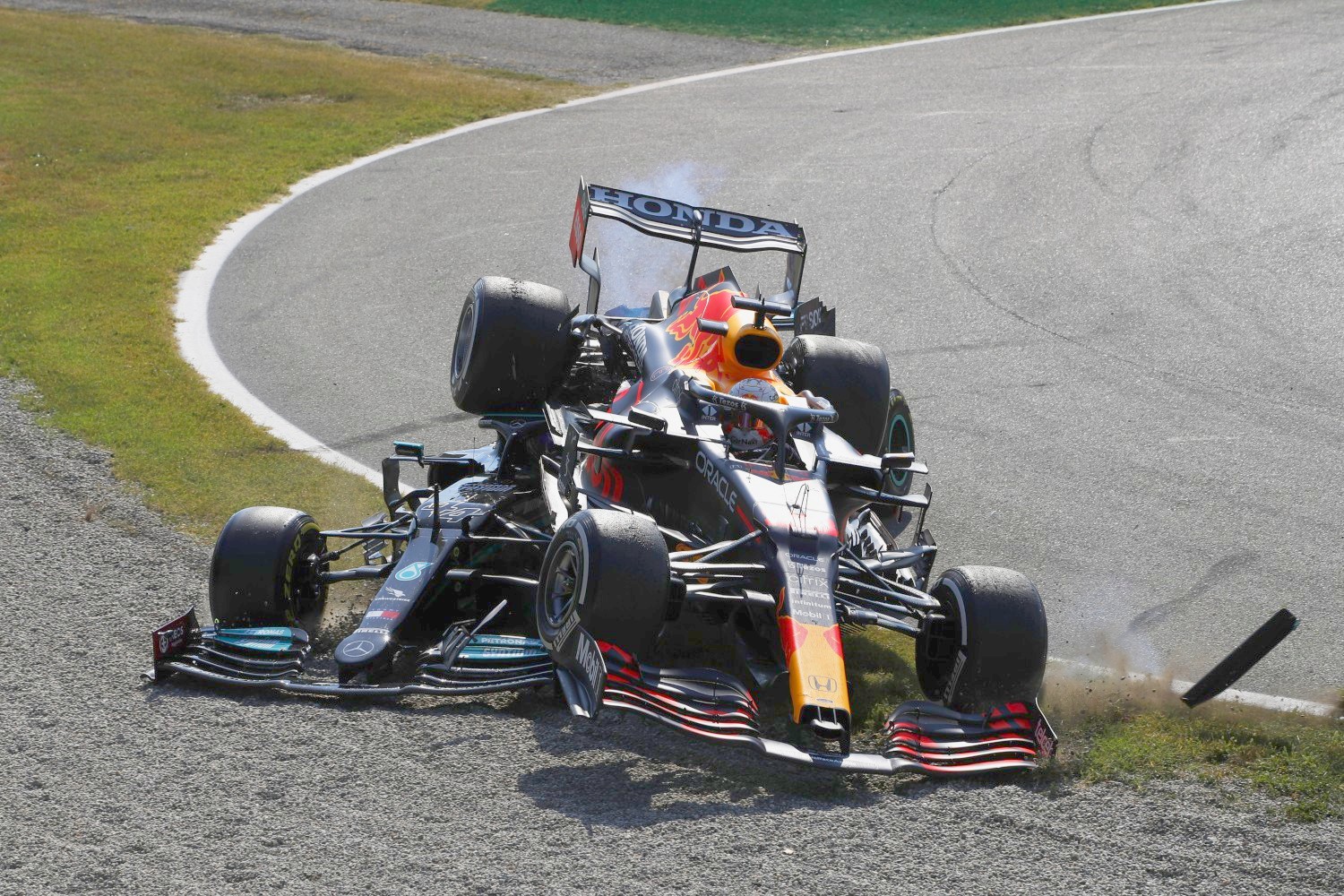
Hamilton will have his ‘rocket’ engine back in the car and with the long straights, hence, his championship rival Max Verstappen won’t have a chance in the under-powered Honda.
Jeddah is another entirely new challenge, an all-new track to get to grips with and a lot of work has gone on behind the scenes to ensure we hit the ground running on Friday because getting as much information as teams can during those initial sessions will be vital.
It’s a fast street circuit with long flat-out sections and several high-speed corners, lined by barriers meaning it’ll be high risk and reward. .
Just a few days ago we lost Sir Frank Williams. He will be in all our thoughts this weekend.
Keys to the Race
The circuit is a big contrast to the Losail Circuit in Qatar and features a very long lap with a multitude of fast sweeping corners, all set within a street circuit. We will need to see how much grip the newly laid surface offers, but the natural layout of the corners means that it is very much a high-speed circuit, which should flow nicely and encourage some fascinating racing. The drivers will enjoy it, and they will get a lot of satisfaction from a single flat-out qualifying lap.
The late sessions under floodlights will be a big feature of the event, both visibly and in terms of the car and tire behavior. We can expect quite a variety of approaches to setup and tire use, and it is likely that most drivers will still be refining their car setups as they head into the nighttime qualifying session on Saturday. With each lap in excess of 6km, the drivers won’t get too many attempts at each corner sequence prior to qualifying and this will add to the pressure and should help deliver an exciting session in which the most adaptable and instinctive drivers should excel.
In recognition of the street circuit setting, Pirelli have provided tires from the middle of their compound range, which should ensure a good level of grip and the possibility of mixed strategies on Sunday.
- The C2, C3 and C4 tires appear for the 12th and final time this season. But continuity counts for little initially, as the principal focus will be understanding the new circuit as quickly as possible during the sessions. That’s made more complex by track evolution and sessions taking place in both evening and night conditions.
- While overtaking opportunities will only become clear later in the weekend, there are three DRS zones on the circuit at Turns 20-22, Turns 25-27 and Turns 27-1. With all three zones coming late in the lap, it’s likely that the final sector will be the best place to make a move on Sunday.
- Predicting session interruptions is challenging, but new circuits tend to incur more stoppages due to unfamiliarity. The first race weekend in Baku back in 2016 had three red flags in practice and qualifying as drivers explored the limits of the then-new street track. In addition, 13 of the 20 races to date in 2021 have featured at least one Safety Car and/or Virtual Safety Car interruption.

Driver’s Point of View – Pierre Gasly
“Judging from what I saw on the simulator, Saudi will be extremely quick, with a large number of very high-speed corners, some of them blind. I think it’s going to be very complicated from a driving point of view and there will be the extra challenge of the track surface being completely new.
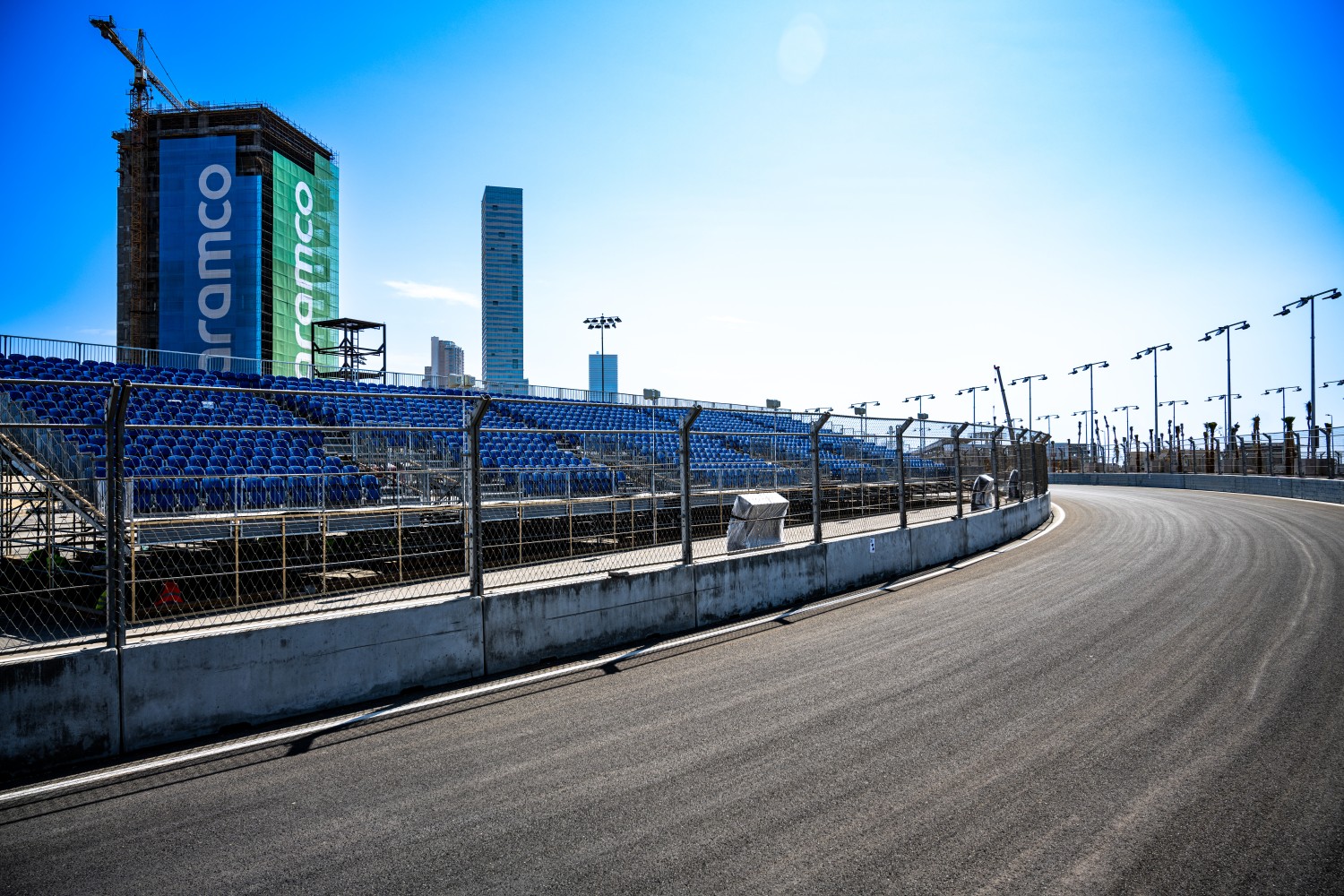
“No cars have ever raced on it, there will be no rubber down and probably some oil will still be coming out of the tarmac, which is what normally happens at a new circuit.
“So, we are looking at a street circuit with quite low grip, which is a new challenge as no one has any data from the track. But for our part, we showed in Qatar that we can adapt fairly quickly to a new situation, running near the front immediately from the Friday. However, we will have to work hard to be quick over a single lap and also a long distance, to find the right compromise for both Saturday and Sunday.
“Another thing that is clear from the simulator is that the speeds are very high, but the walls are very close, so it should be impressive from the cockpit and a nice challenge, which we must prepare as well as possible for.”
Fact File: Saudi Arabian Grand Prix
- The venue for the Saudi Arabian Grand Prix is a temporary street circuit located on the Corniche – a waterfront area in Jeddah, next to the Red Sea.
- The waterfront location presents similar challenges to Abu Dhabi, blowing sand onto the track and experiencing wind shifts from daytime to the evening.
- The Jeddah Corniche Circuit has the most corners of any track on the F1 calendar, with 27 – 16 left-handers and 11 right-handers. The number of corners does make it more challenging for both the team and the drivers to learn the track and get up to speed.
- The track is one of only four on the current schedule – after Bahrain, Austria and Mexico – to feature three separate DRS zones. These are located on the main straight, from Turns 18-21 and Turns 25-27.
- At 6.174 km long, the Saudi Arabian Grand Prix venue is the second-longest circuit in F1, behind only Spa-Francorchamps (7.004km). Because of the long track length, energy management is very difficult, which puts more focus on the performance of the MGU-H and hybrid systems.
- The street track nature of Jeddah means there is a higher risk of a Safety Car, with incidents taking longer to clear and the fast corners potentially causing bigger accidents. A long track combined with being a street circuit also means more potential for mistakes to be made.
- Jeddah has billed its track as the ‘fastest street circuit in the world’ with expected average speeds of around 250 km/h. Baku isn’t too far off, but Jeddah’s average speed is helped by several of its corners being taken flat-out or in DRS zones.
- Drivers will hit over 310 km/h three times on the long straights and with the three DRS zones, we’re anticipating Jeddah to rival Spa and Monza for the highest percentage of time spent at full throttle.
- 79% of the lap distance is taken at full throttle, one of the highest percentages of the year.
- Turn 13 is a banked corner, with a 12% gradient. Banked corners open up more potential lines through the corner, which will make for an interesting challenge and also help drivers build momentum onto the next flat-out section.
- Similar to Baku and Silverstone, the track layout at Jeddah is expected to be more focused towards a lower-drag, lower-downforce wing level.
- We anticipate Turn 2 to be the slowest corner on the track, by far, being taken at just 90 km/h. The quickest will be Turn 26, located on the back straight in the final DRS zone, where drivers will reach around 310 km/h.
- The newly laid track surface is expected to be very smooth and high grip, therefore tire overheating will be less of an issue, and we should see low levels of tire degradation.
- However, because it is a new surface, there is the possibility of a similar situation to Turkey in 2020, with an oily and more slippery surface, particularly if it rains (which is probably unlikely in Saudi Arabia).
- Due to the new and ‘green’ track surface, which hasn’t been properly rubbered in, the track evolution will be incredibly high over the weekend. It will also mean running offline will be punishing, due to the sand and lack of rubber.
- The Saudi Arabian Grand Prix is a night race, so alongside lighting the buildings and bridges, there are expected to be over 600 light posts illuminating the track.
Unlocking the Lap
While there has never been a representative lap of the new Saudi Arabia circuit, simulation gives an idea as to what to expect.
The run to Turn One could be a flash point in the race as drivers blast along a main straight of over 500m before braking into a very tight and narrow left-right flick through Turns One and Two.

The narrowness of the circuit is demonstrated through Turn Three’s kink and the winding Turns Four through Eight, which should feature minimal braking and high speeds.
Angle of attack and entry speeds will be crucial to Turn Nine, a sharp-angled right hander that follows immediately after the slalom to Turn Eight.
Drivers will get right up to the wall on entry and dart left through Turn 10, avoiding running wide at the exit, which segues into Turn 11.
It’s then another high-speed run all the way to the long Turn 13 hairpin. Now on the back of the circuit, this is a continual snaking run back towards the finish line.
Turns 15 and 16 mirror the style of Turns Nine through 11 before drivers fly towards the three DRS zones.
A dab of brakes into Turn 22 may create opportunities for drivers willing to brake late and take a riskier outside line, but the flat-out gradual curve of Turns 25-27 offer the best chance of slipstreaming.
The lap then ends with another hairpin before drivers go again for another relentless high-speed lap in Jeddah.
